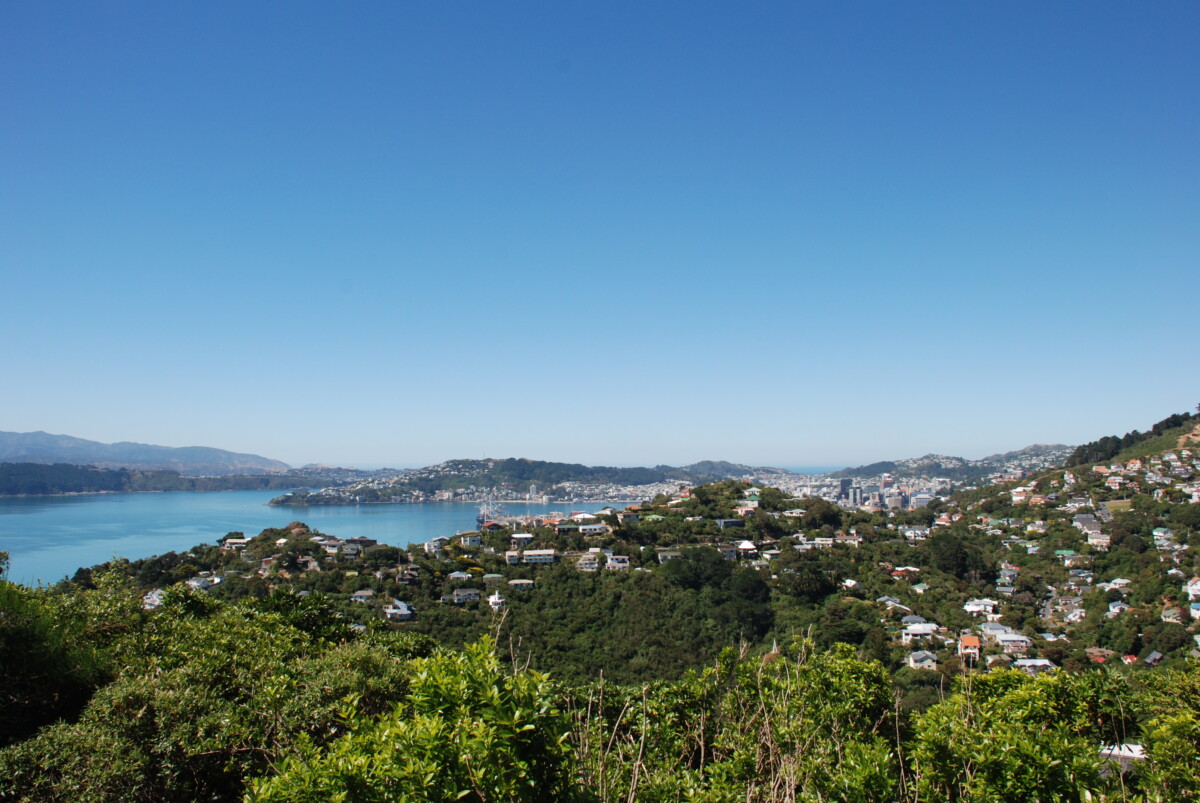More RMA changes revealed
30 Apr 2021, News

The existing Resource Management Act (RMA) will be replaced by three new Acts and simplified, with its 100-plus planning documents reduced to less than 20
In February, Environment Minister David Parker confirmed that three new Acts will replace the RMA and that, in order to be successful, they needed to allow for development of land for housing, plus protection of the environment.
The government says the primary replacement is the Natural and Built Environments Act (NBA). Described by University of Auckland lecturer Bill McKay as “RMA Version 2,” the NBA is to provide for land use and environmental regulation.
Parker said the purpose of the NBA is to enhance the quality of the environment to support the wellbeing of present and future generations, which would be achieved by:
- Promoting positive outcomes for both the natural and built environments.
- Ensuring that use, development and protection of resources only occur within prescribed environmental limits.
- Ensuring adverse effects of activities on the environment are avoided, remedied or mitigated.
A new National Planning Framework will support the NBA by providing mandatory national policies and standards including environmental natural limits, outcomes and targets.
Two additional Acts
The additional two Acts are the Strategic Planning Act (SPA) and Climate Change Adaptation Act (CAA).
According to the Ministry for the Environment, the SPA provides a strategic and long-term approach to how New Zealand plans for using land and the coastal marine area, and includes spatial strategies for each region to identify areas that are suitable for development or need protection, improvement or infrastructure. This should enable more efficient land and development markets to improve housing supply, affordability and choice.
The CAA is designed to address complex issues associated with managed retreat and funding and financing adaptation.
Simplified planning to provide answers
Parker said the new laws will, among other improvements, improve housing supply and affordability because urban areas “are struggling to keep pace with population growth and the need for affordable housing”.
“Urban areas hold 86% of our population and experience 99% of our population growth,” said Parker. “Instead of allowing cities to respond to population growth sustainably, poor quality and restrictive planning has contributed to a lack of certainty and unaffordable housing.”
With stronger national direction around resource management, and one single combined plan per region, there will be “less focus on subjective amenity matters that favour the status quo” in the pursuit of better urban design, Parker added.
The reform follows the review of New Zealand’s 30-year-old resource management system, conducted by the independent Resource Management Review Panel chaired by retired Court of Appeal Judge Tony Randerson and published in July 2020. The Productivity Commission, Waitangi Tribunal, Local Government New Zealand, Environmental Defence Society, the Property Council, Infrastructure NZ and the Northern EMA have been calling for RMA reform for a decade, said Parker.
“The existing 100-plus RMA council planning documents will be reduced to about 14.”
Parker said secure, healthy and affordable housing is at the heart of the wellbeing of New Zealand families but that it is no longer a reality for many New Zealanders.
“Housing problems are a complex mix of demand, costs, financing, capacity and supply and there is no silver bullet. This reform will help by improving how central and local government plan for housing and urban development. This includes better coordination of future infrastructure with land use, development and urban growth.”
Parker said he expects the NBA – the core legislation replacing the RMA – to pass by the end of 2022.
Register to earn LBP Points Sign in



